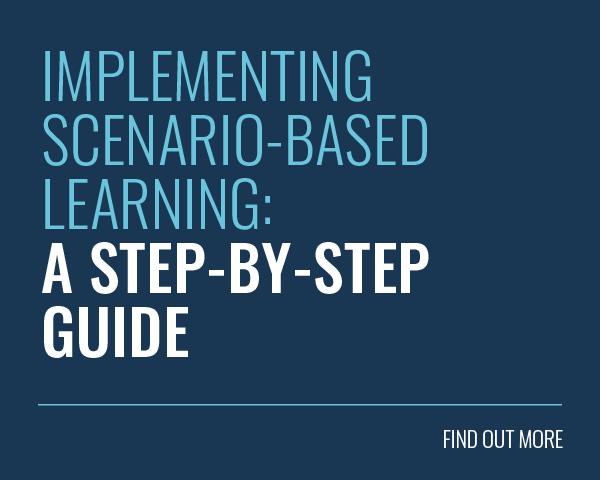What is Blended Learning
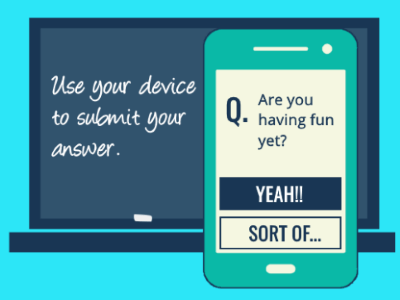
Blended education. Flipping the classroom. Hybrid education. Whatever you want to call it, the definition of blended learning is easy to grasp – it combines online learning and face-to-face training to get the best of both worlds.
Training managers are still getting to grips with the pros and cons of blended learning. Some think it’s the best thing since sliced bread, others think it’s a risky gamble. The great thing is that the learning community is in debate. The arrival of blended learning has forced it to consider the place of technology in the classroom. Better than that, it’s reopened the discussion on how to train people better.
Blended learning is about more than just using computers in the classroom though. It marks the start of a change in the way we think about education. Training is turning into a more collaborative exercise and training managers are looking for ways engage the learners. With hybrid education, online technology isn’t just an add-on to the learning process, it’s a catalyst for real transformation!
The Flipped Classroom
‘Flipped learning’ is getting more popular as the range of learning technology grows. With more sophisticated learning platforms, the students can do most of the solitary work in their own time. In the flipped classroom, learners do some online activity before a face-to-face class. This could be reading a document, watching a video or completing an eLearning unit.
This acts like a launchpad letting the learner do their own research which they can share with their peers in online social learning groups. This frees the classroom time up for more practical instruction, like problem solving or role-playing.
How Blended Learning Changes the Training Manager’s Role
 The rise of blended learning has made the training community re-examine the traditional roles. Now, many trainers prefer to use the word “facilitator” – someone who empowers learners and tries to craft the most effective learning journey. The facilitator’s job consists of:
The rise of blended learning has made the training community re-examine the traditional roles. Now, many trainers prefer to use the word “facilitator” – someone who empowers learners and tries to craft the most effective learning journey. The facilitator’s job consists of:
- Creating content for online and classroom use.
- Using online social tools to generate discussion among the learners.
- Adapting the content to get the most from the learning experience.
- Assess the work of the learners and the results of the training initiative.
Blended Learning in Practice
Although a typical blended learning programme can consist of only two parts – a training session and an online forum – you need as many of these elements as you can to get the most from it:
1. Online Learning
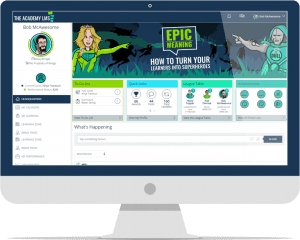 Blended learning starts with an online element used to generate interest and get the learners excited. Learning Management Systems let the learners watch videos of lectures, track their progress, chat with each other or with their manager, and find any other materials they need, like PowerPoint presentations or white papers.
Blended learning starts with an online element used to generate interest and get the learners excited. Learning Management Systems let the learners watch videos of lectures, track their progress, chat with each other or with their manager, and find any other materials they need, like PowerPoint presentations or white papers.
You can share introductory videos and articles to build a foundation of understanding prior to any classroom session. If you have an LMS, your learners might complete an online unit which eases them gently into the topic.
2. Face-To-Face Workshop
Classroom sessions work best when everyone participates. In a blended learning solution, learners attending the workshop will have had the chance to prepare work, or simply learn the basics. When everybody is involved, these sessions are much more engaging than passive traditional lectures.
These physical sessions improve the online experience too. Once your learners have met each other in person, they’ll be more comfortable communicating and sharing knowledge with each other on social media, online forums or on a social learning platform.
3. Social Tools
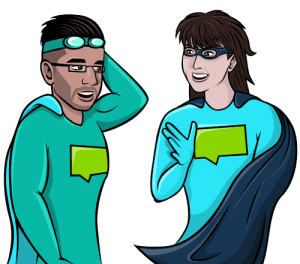 With millennials taking over the workforce, you can almost guarantee that the learners all have social network accounts. Social learning functionality lets the learners help each other and it lets the training managers tap into the huge well of informal learning. The learners can collaborate to create their own learning journeys by challenging each other to quizzes, sharing notes or suggesting what they’d like to see in future training.
With millennials taking over the workforce, you can almost guarantee that the learners all have social network accounts. Social learning functionality lets the learners help each other and it lets the training managers tap into the huge well of informal learning. The learners can collaborate to create their own learning journeys by challenging each other to quizzes, sharing notes or suggesting what they’d like to see in future training.
Aside from the impact on the training itself, social learning functionality can have a profound effect on the overall culture of the organisation.
4. Mobile Learning Technology
Mobile technology is still developing at a rapid pace and it won’t be long before augmented reality becomes a standard feature. The potential impact on the blended learning sphere could be phenomenal.
Until then, there are lots of ways to implement a mobile learning solution. Live FAQs can put learners in touch with subject matter experts. Not only does this give the learners easy access to information, but it also gives the training department a better idea of where the skills gaps may lie. This could mean that any moment in the working day could become a blended learning experience.
5. Applying Learning On-The-Job
Once they’ve investigated the topic online, completed a training workshop and collaborated with each other, your learners can now apply their new-found knowledge back in the real world.
This is a great opportunity to capture the lessons in each learner’s working experience – the kinds of informal learning that can’t easily be found anywhere else. As part of your training programme, you could include an assignment that asks the learner to record an experience from their working day. Encourage them to share their experience on an online platform and this lesson can help their colleagues too. With a mobile element to your training, this is easier than it’s ever been.
6. Written Assignment
 Once your learners embrace the possibilities for learning online, it can be easy to overlook time-honoured classics like the written assignment. A truly effective blended learning programme should also give the learners the opportunity to demonstrate their understanding of the topic.
Once your learners embrace the possibilities for learning online, it can be easy to overlook time-honoured classics like the written assignment. A truly effective blended learning programme should also give the learners the opportunity to demonstrate their understanding of the topic.
This could be the first time your learners have had to do a written assignment since school and might seem scary. With all of the training to this point, they’ll be comfortable with the topic and writing it ends up being a breeze.
If you want to really embrace technology, you don’t need to stop at written assignments – ask your learners to record videos instead. The best of these can be included in future training and that’s a powerful asset that money can’t buy.
7. Consolidated Learning
Now your learners are experts in this topic! But let’s not stop there. True behavioural change comes when the knowledge is reinforced again and again until it stops being ‘knowledge’ and becomes ‘understanding’. This is where solid testing and reporting comes to the fore.
This testing serves two functions: it keeps the knowledge fresh in the learners’ minds and it also lets you, the learning manager, see how well your blended learning programme is performing. It’s a great opportunity to identify gaps that need plugging, clarify grey areas and clear up any common misunderstandings.
The Benefits Of Blended Learning
According to Training magazine, 29.1% of training hours were delivered with blended learning techniques in 2014, and that number is rising each year. Clearly the success of the blended learning approach has made it very popular. We’ve seen that blended learning can offer a robust training programme which can give you a good return on your investment, but the benefits don’t stop there:
Blended Learning Improves Teamwork

Alongside having a social learning platform to foster collaborative learning and harness intellectual capital, getting the chance to bounce ideas off of each other in a workshop is a fantastic way for everyone to improve their working relationships, as well as their understanding.
Give Direct Access To Experts
You can ask questions to experts at any point on an online learning platform, but being able to bombard them with everything at once during a workshop is the perfect way to check that you’re on track.
Blended Learning Helps Embed Training
By learning in a number of environments (online, in the workplace, in the classroom) and through a number of methods (eLearning, workshops, written assignments), a learner gets to wear every hat while thinking about the topic, giving them a much more rounded understanding of it.
The Proof Blended Learning Works
According to a 2010 meta-analysis published by the U.S. Department of Education, a blended approach is more effective than using face-to-face and online education on their own. But what about the cold, hard stats? What real-world results can blended learning bring?
The University of Florida
The University of Florida used ‘learning analytics’ to design its blended learning approach. After looking at the data from 1.2 million end-of-course evaluations, they found improvements in 14 quality indicators for blended learning. These included clarity, authenticity, unity, suspense, economy, depth, proportion, vividness, brilliance, sensitivity, emphasis, authority, flow, and precision.
Steinhoff
Steinhoff wanted their learners from Bensons for Beds to get comfortable with their Comfort Station. It’s smarter than your average bed and works out exactly which bed and mattress is the perfect match for you. They blended eLearning with workshops and in-store observations and followed up with more eLearning to make sure their learners stayed on the straight and narrow.
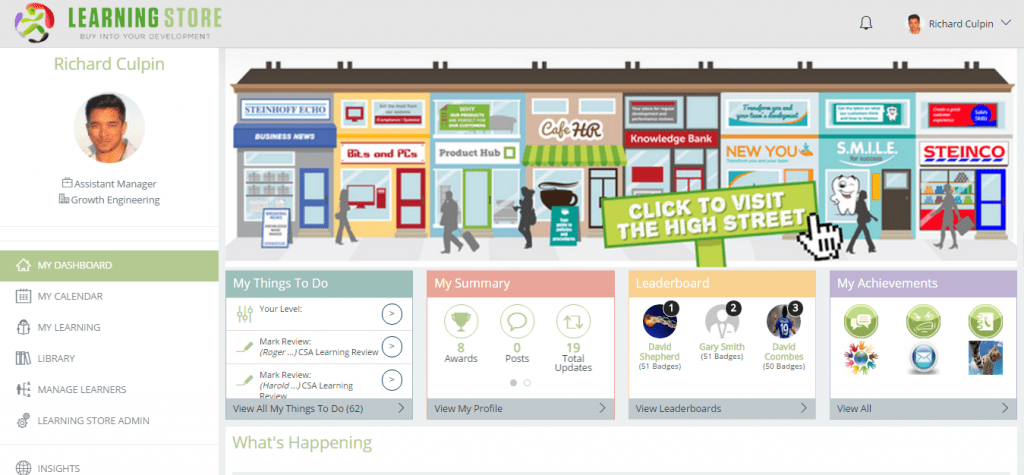
The results were unprecedented. Normally their teams convert sales at a rate of 15-20%, but following this blended programme they’ve been converting at a whopping 45%! This means that one in every two people to try the Comfort Station now goes on to buy a bed!
Blended Learning Solutions With The Academy LMS
Creating an effective blended learning solution can be a nightmare if your online and offline elements can’t speak with each other. That’s why we’ve made it easy for our Academy LMS to act as a hub when running any blended programme.
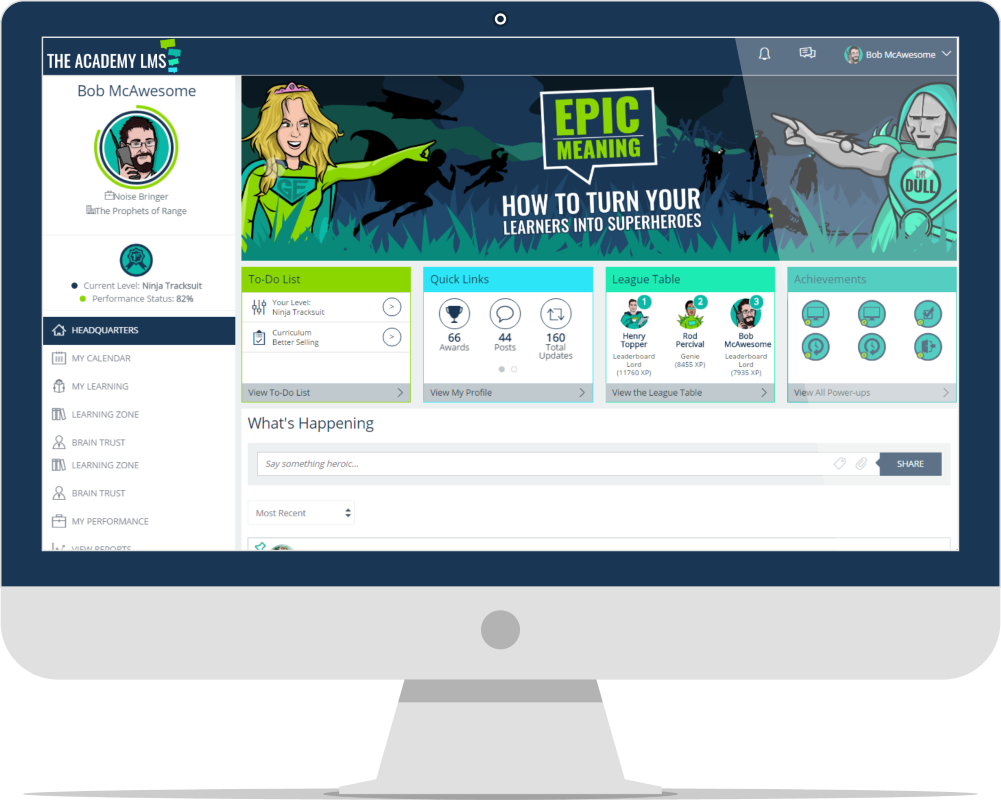
Classroom booking
You’ve managed to attract your learners to your shiny new Academy, but you need to rally them into a classroom. No problem! Classroom events can be managed through the Academy, letting learners book courses they see on their calendar.
Upload work
Your learners have worked tirelessly to craft their assignments, so why make handing them in difficult? They can upload them directly to their Academy, and your assessors will get a notification telling them they’ve got something to mark.
Insight Groups
These topic-specific discussion boards help your learners focus on what’s important to their job. They can even be created to cater for specific courses ensuring that all of the learners’ contributions are in one place.
Experts
Those who contribute the most to the insight groups rise higher on the leaderboard. This clearly shows everyone who the experts are in that topic, but you can also assign expert status to any learner. Any questions they answer will be stored in an open, organic FAQ area.
Curricula
Struggling to keep track of who’s completed what? Creating a curriculum for each unit will wrap up every stage of the blended learning progress and keep track of what’s been done. So learners won’t be able to pass the unit until they’ve completed all the training and uploaded all of their work.
Blended learning is a straight-forward concept on the surface, but the more you investigate it, the more opportunities you can uncover. If you want to boost your knowledge about blending face-to-face training with technology, our white paper is filled with facts, stats and tips to make your blended learning go further. Simply click the button to get your copy.




